9 Days 8 Nights
Daily Tour
50 people
___
| Semi Deluxe | ||
|---|---|---|
| ADULT | CHILD | INFANT |
| ₹49,499.00 | ₹0.00 | ₹0.00 |
| Deluxe | ||
| ADULT | CHILD | INFANT |
| ₹50,499.00 | ₹0.00 | ₹0.00 |
| Super Deluxe | ||
| ADULT | CHILD | INFANT |
| ₹56,999.00 | ₹0.00 | ₹0.00 |
| Luxury | ||
| ADULT | CHILD | INFANT |
| ₹110,999.00 | ₹0.00 | ₹0.00 |
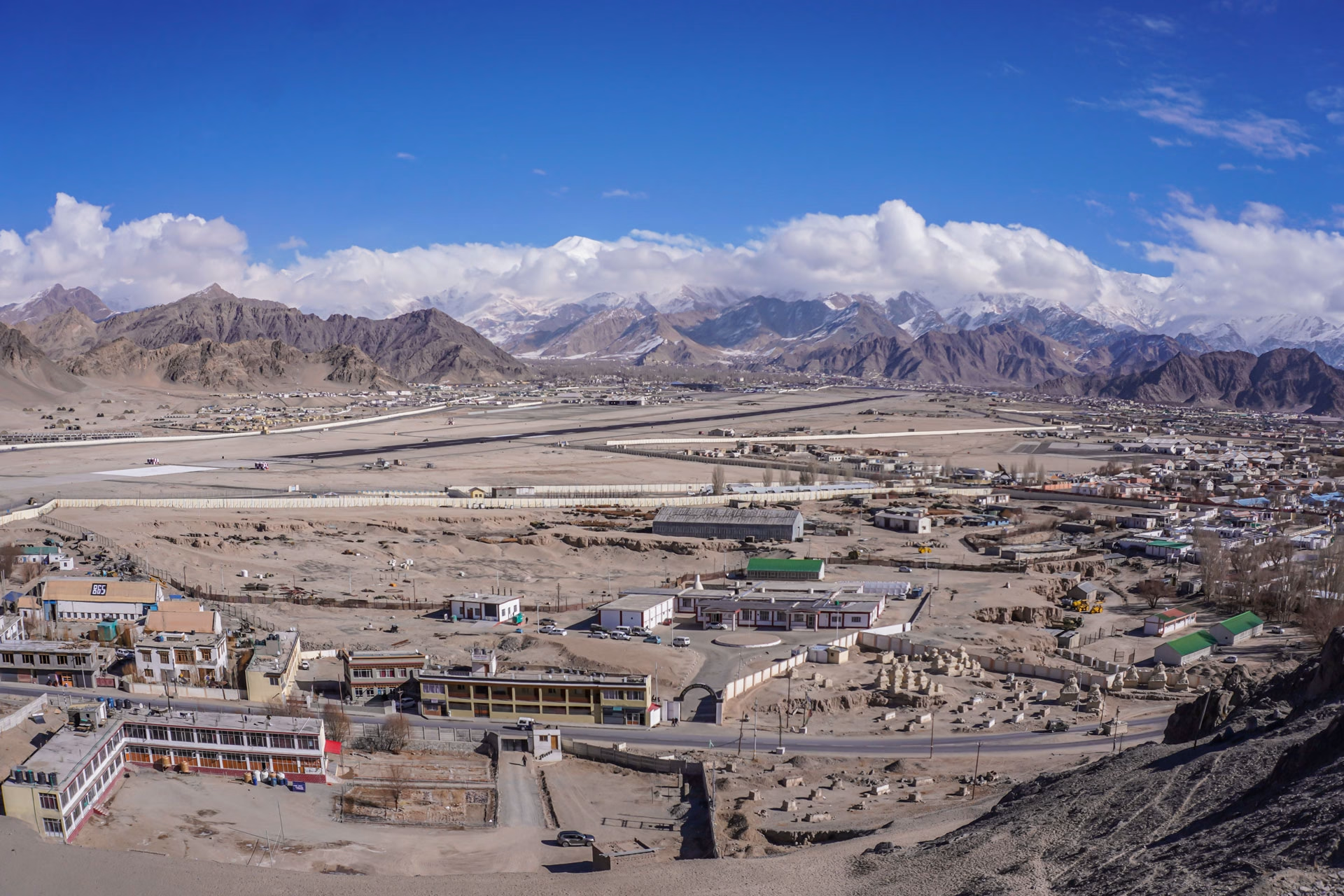
Altitude: 3500 m
A taxi will greet you at the airport and take you to your hotel in Leh for check-in. After unwinding in the hotel, you can rest and relax to prevent mountain sickness. Later, you will have dinner at the hotel.
Meals: Dinner
Night: Stay at the hotel in Leh
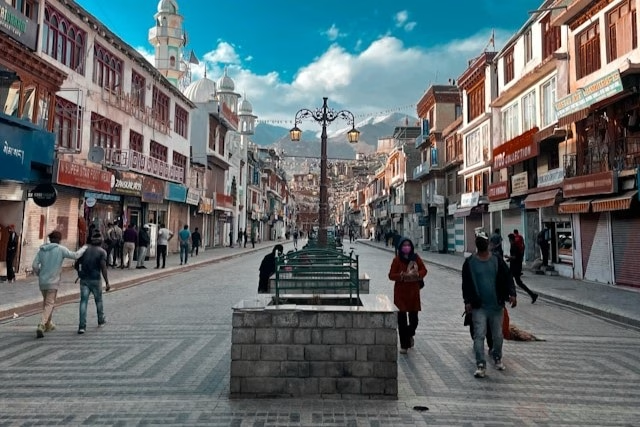
Dist: 70 km to 90 km | Altitude: 3300 m to 2600 m.
Today, after having your Morning Breakfast, you will visit the Leh Palace, Santi Stupa, Hall of Fame, Spituk Monastery, Gurudwara, Magnetic Hill, Sangam, and Rafting Point. Then, in the evening, you will head back to the hotel.
Meals: Breakfast, Dinner
Night: Stay at the hotel in Leh
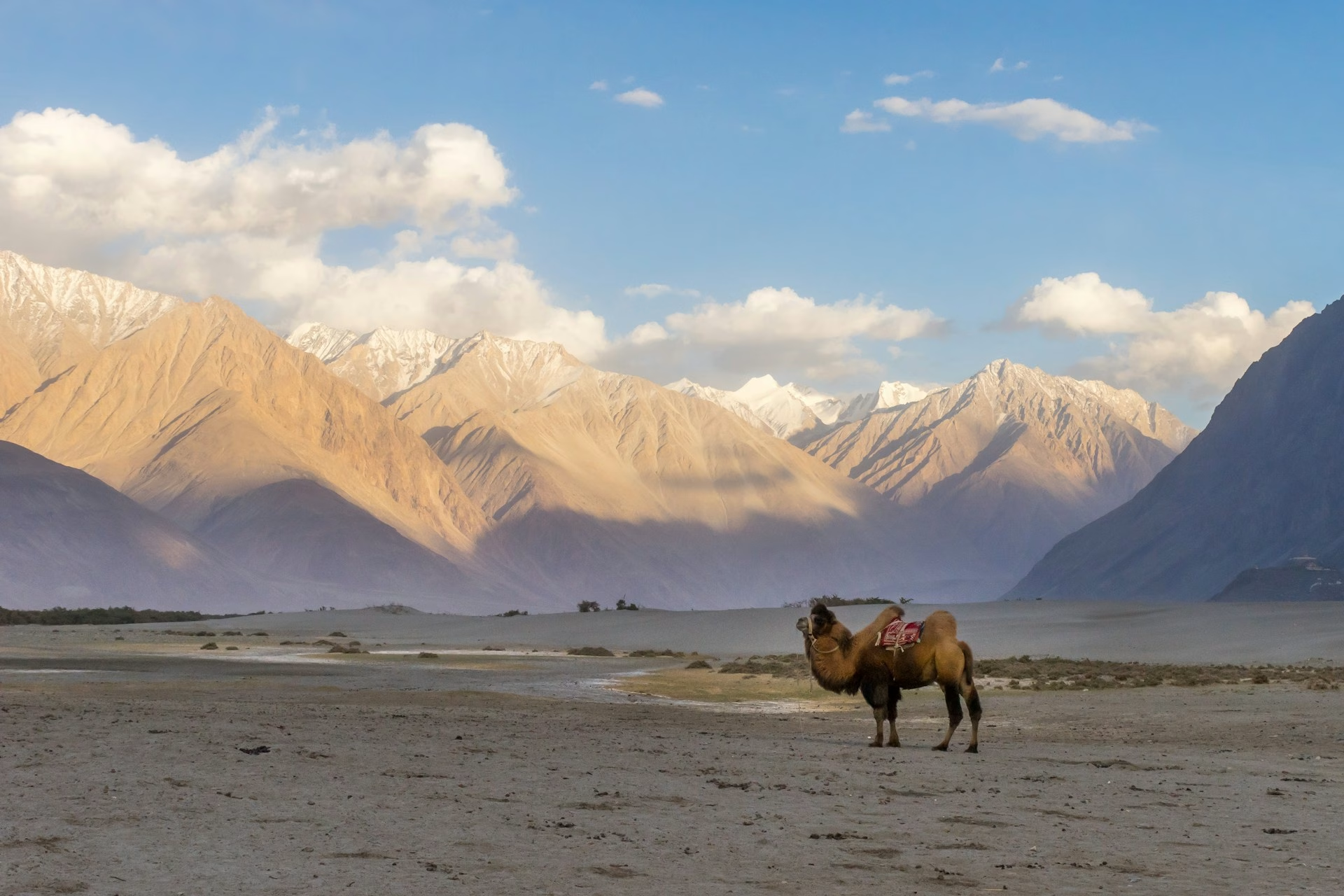
Dist: 160 km | Altitude: 3500 m to 5354 m
After breakfast, you will travel to Nubra Valley through Khardung La, one of the highest motorable passes. You will also visit dunes, a Camel Ride Point, Hunder Village, Diskit Village, and Diskit Monastery. In the evening, you will check into your Accommodation in Nubra Valley.
Meals: Breakfast, Dinner
Night: Stay at a hotel/homestay in Hunder, Nubra Valley
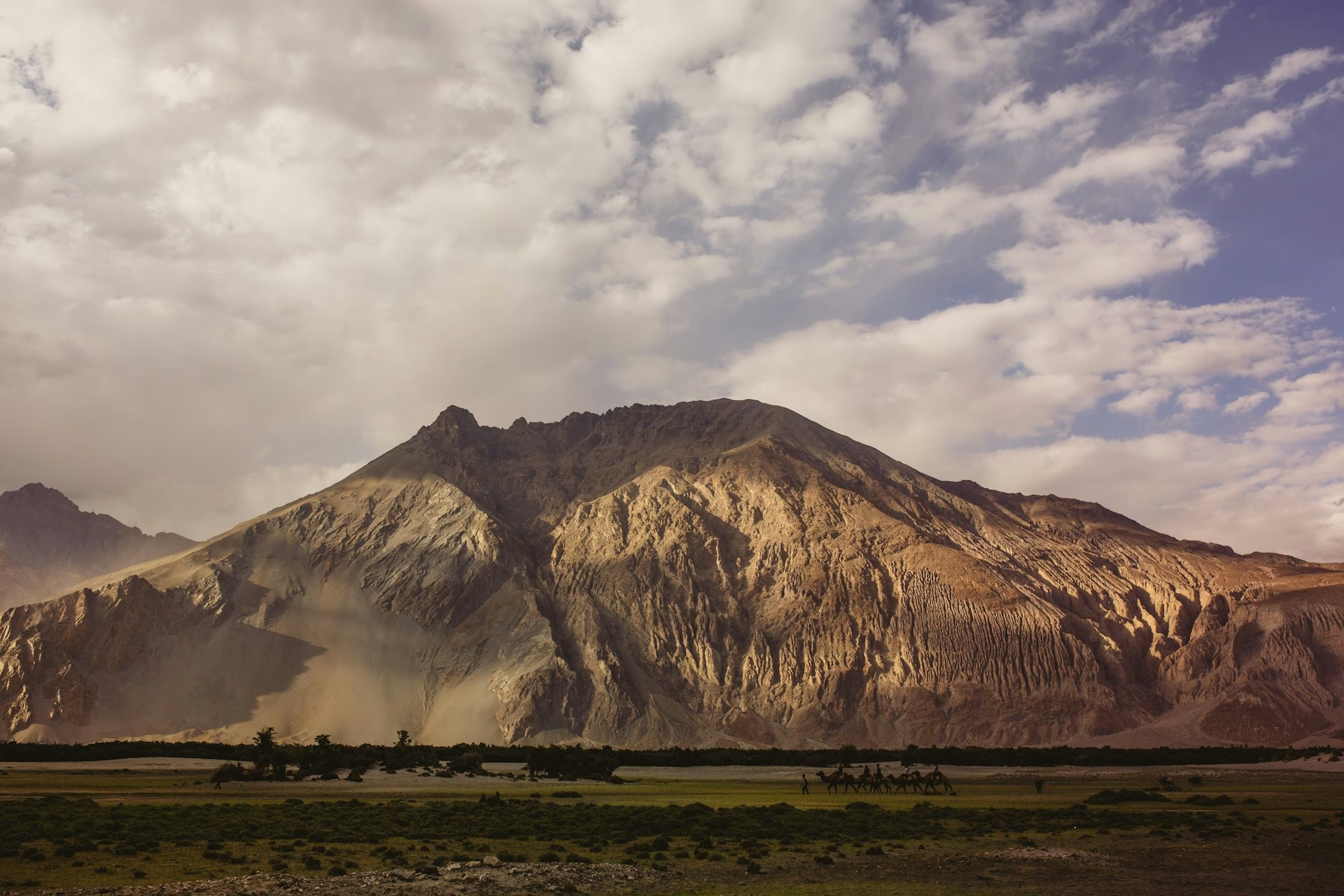
Dist: 160 km (to and fro) | Altitude: 3048 m to 3001 m
After breakfast, we will head off to Turtuk early in the morning, around 85 km (one way). The more time you spend in Turtuk, the better, because there is so much to see and enjoy! You can explore the beautiful village and experience the local culture. In the evening, we will head back to Nubra.
Meals: Breakfast, Dinner
Night: Stay at a hotel/homestay in Hunder, Nubra Valley
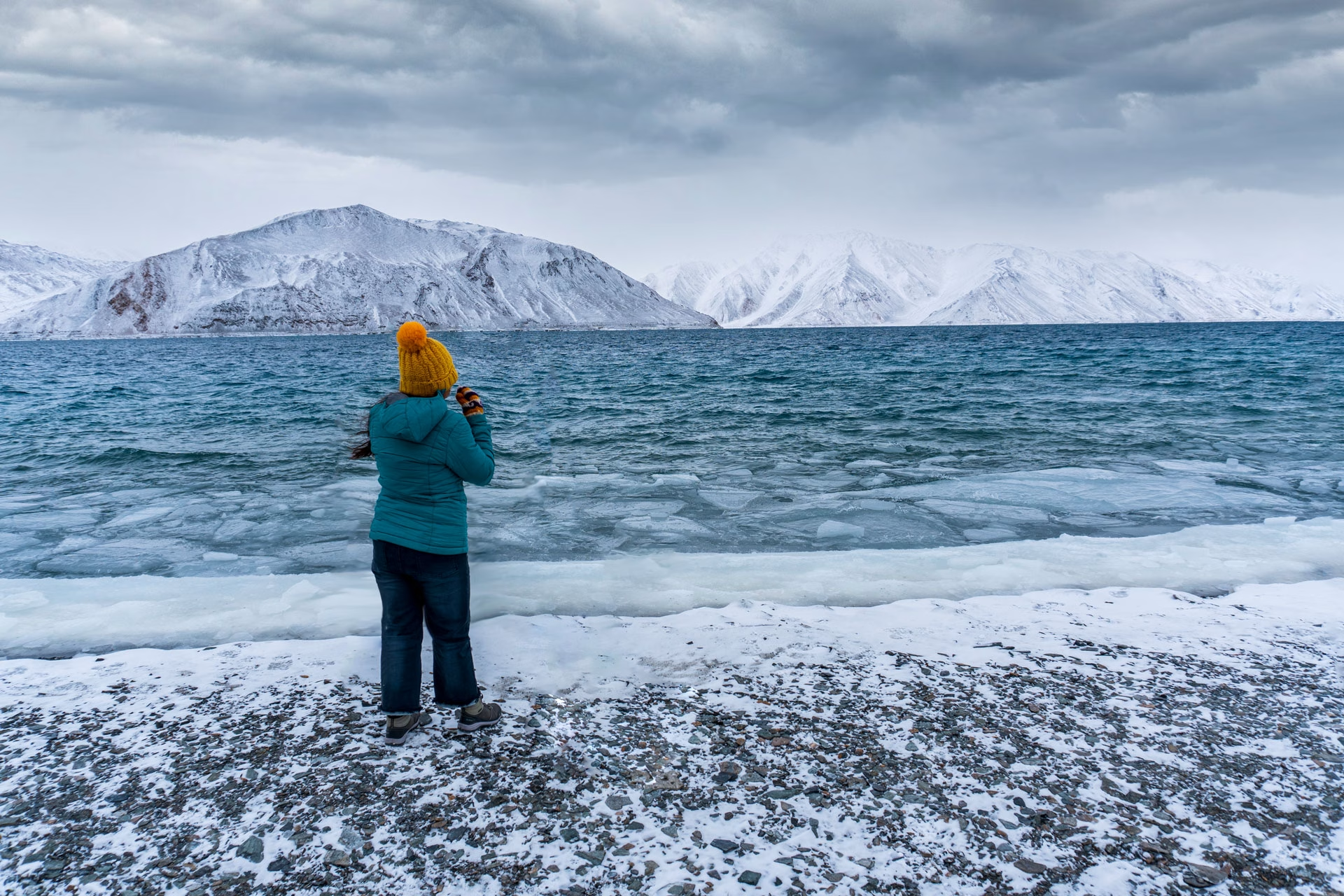
Dist: 200 km | Altitude: 3100 m to 4814 m
Today, after waking up to the view of the Karakoram ranges, you will head towards a high-altitude saline Lake called Pangong Tso. Nubra Valley to Pangong to Leh Shayok Village, Durbuk Village, Tangsay Village, Changla Pass. Later in the afternoon, you will head back to your accommodation.
Meals: Breakfast, Dinner
Night: Stay at a hotel in Pangong
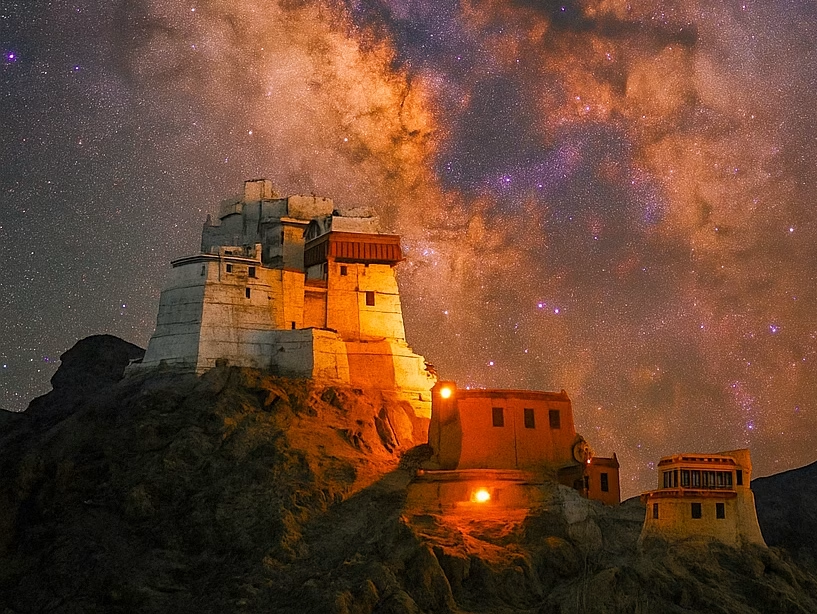
Dist: 309 km | Altitude: 4814 m to 4500 m
After breakfast, you will drive to Hanle through the Tsaka La Pass and visit Hanle Monastery, Hanle Valley, and Hanle Lake. Later in the evening, you will check into your accommodation.
Meals: Breakfast, Dinner
Night: Stay at the homestay/Hotel in Hanle
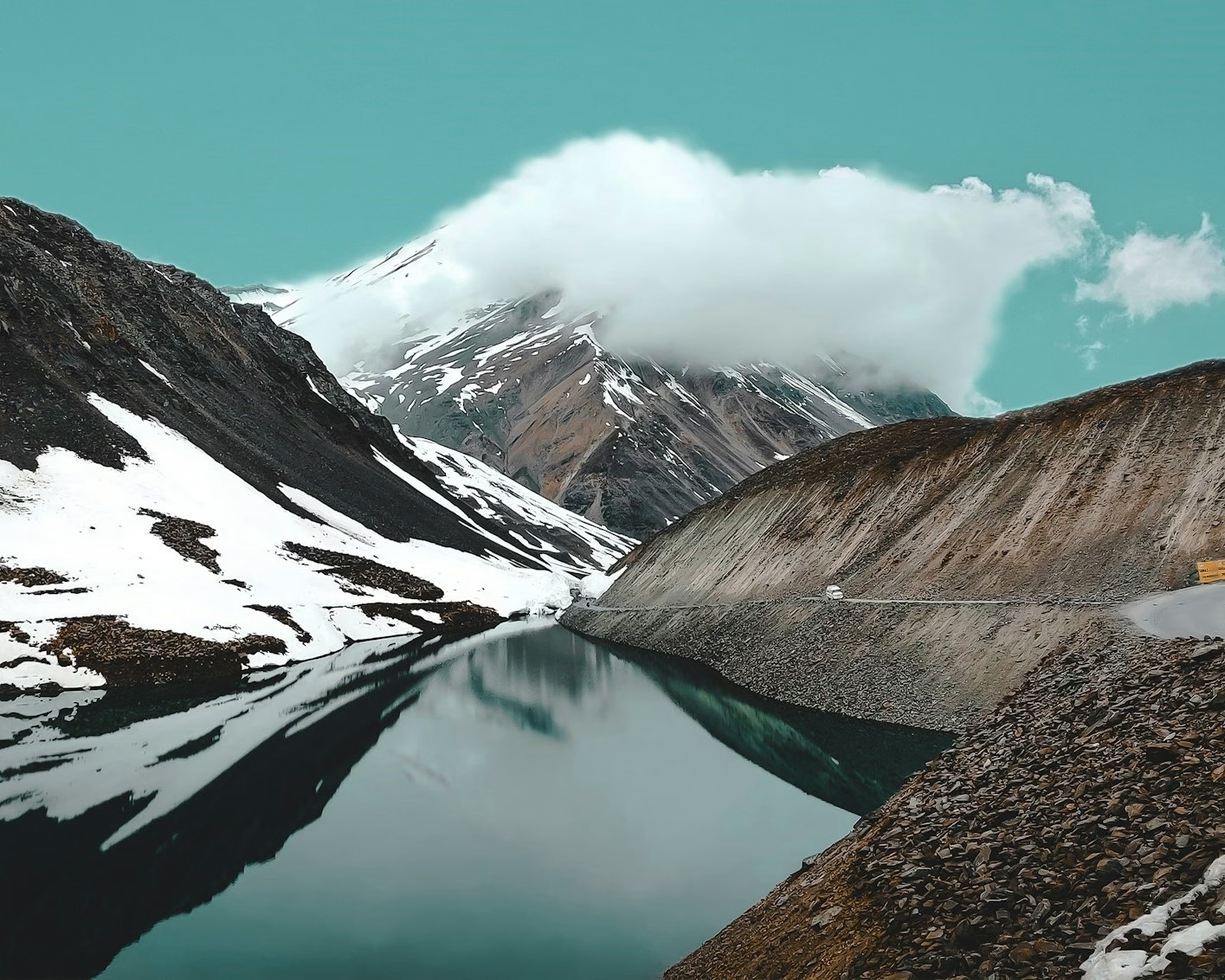
Dist: 313 km | Altitude: 4500 m to 3500 m
You will travel to Leh, stopping at Thiksey Monastery, Rancho School, and Shey Palace along the way to enjoy their beauty and take some photos. Following that, you will check into your Leh hotel and spend some time relaxing after the day’s travel.
Meals: Breakfast, Dinner
Night: Stay at the Hotel in Leh
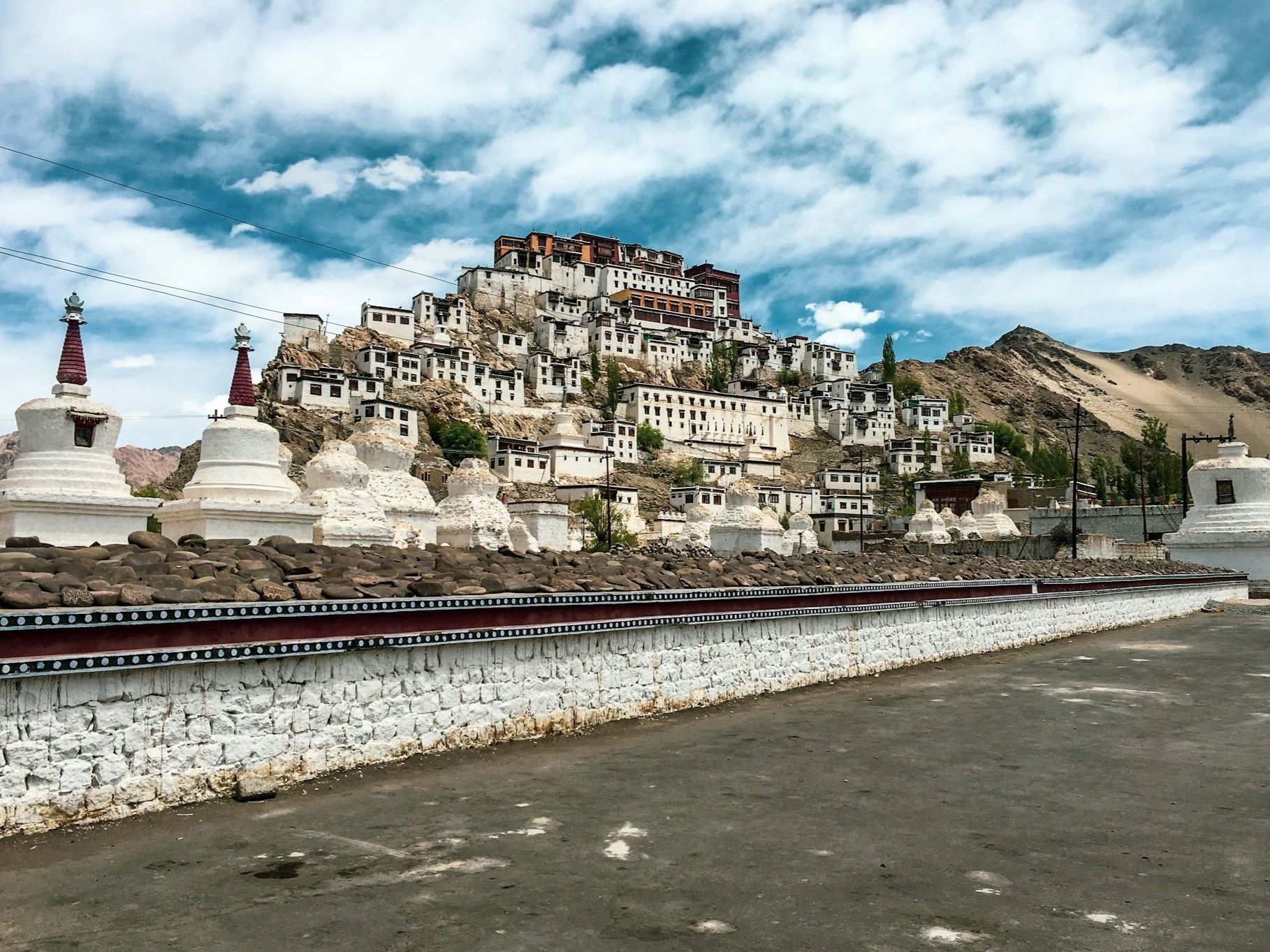
Dist: 210 km | Altitude: 3500m to 4088 m to 2757 m
After breakfast today, you will travel to Kargil and visit the Hall of Fame, Spituk Monastery, Gurudwara, Kargil city viewpoint, Mulbekh Monastery, Munshi Aziz Bhat Museum, Rangdum Gompa, and the Kargil War Memorial. After exploring Kargil, you will check into your accommodation in Kargil.
Meals: Breakfast, Dinner
Night: Stay at a hotel in Kargil
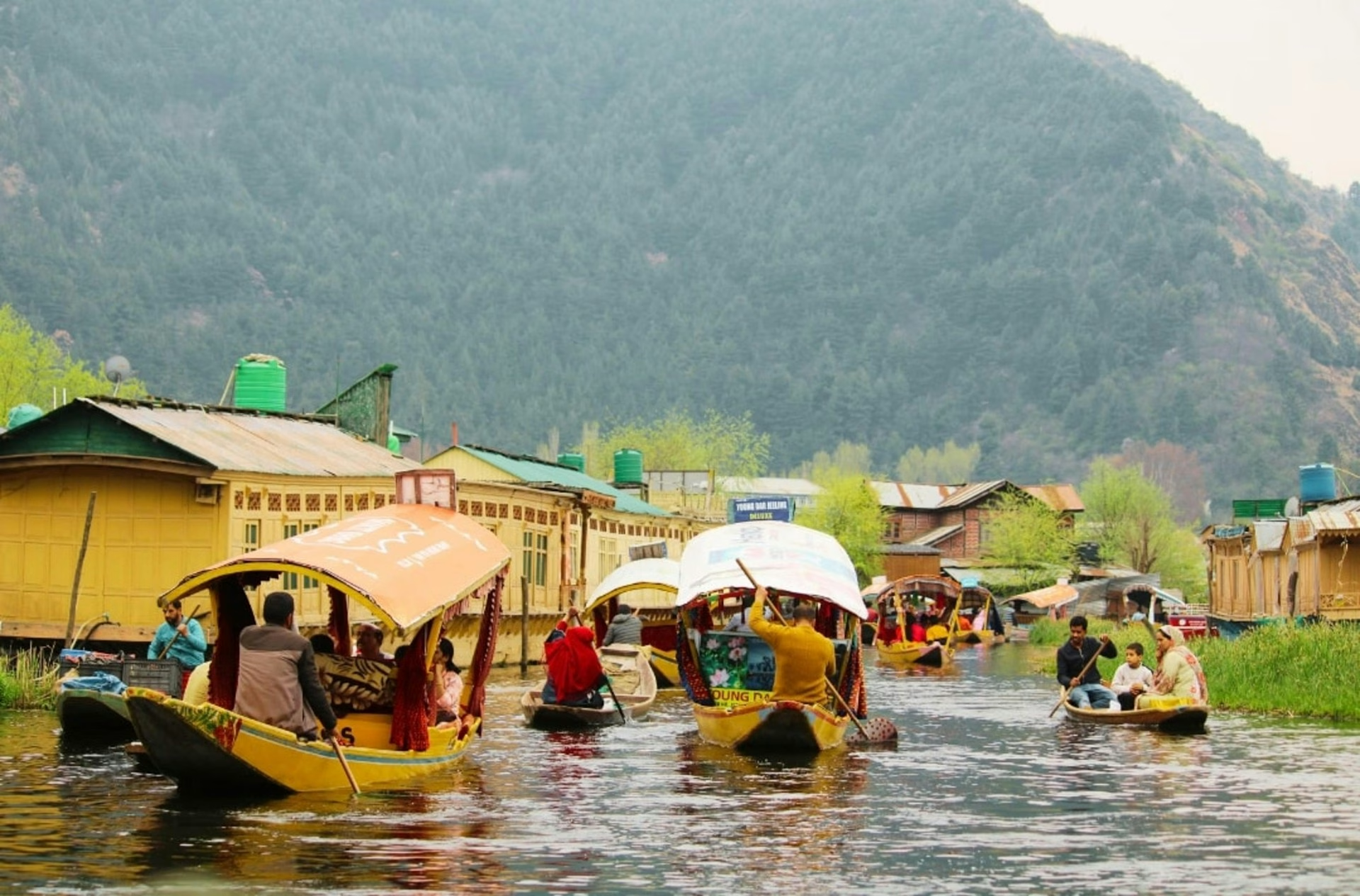
2757m to 3527 m to 1582 m
It's time to say farewell to this beautiful tour. After breakfast, you'll depart for Srinagar, carrying with you many wonderful memories and experiences from this trip that you will cherish for a lifetime.
Meals: Breakfast
Night: Nil
Leh
| Semi Deluxe | Borgo Villa, Jeevanam Villa |
| Deluxe | Nature’s Land, Hotel Lalingkha, Hotel Bluestone, Mahey Retreat, Maple Ladakh |
| Super Deluxe | Himalayan Retreat Karzoo, Hotel Spa, Charu Palace, The Kaal |
Nubra
| Semi Deluxe | Nubra Boutique Camp, Royal Mount, Pika Camp, Weeping Willow Camp |
| Deluxe | Paramount Camp, Ladakh Elysium Camp, Urth Home Boutique |
| Super Deluxe | Paramount Super Deluxe, Urth Home Boutique |
Pangong
| Semi Deluxe | White Heaven Cottage, Mystic Mountain Cottage, Native Retreat Cottage |
| Deluxe | Zamta View Point, Native Retreat Cottage, Star Sherathon Cottage |
| Super Deluxe | Snowpine Wooden Cottage, Gongma Residency, Polarise Cottage |
Hanle
| Semi Deluxe | Padma Homestay, Ama Cottage |
| Deluxe | Padma Homestay, Umlingla Residency |
| Super Deluxe | Umlingla Residency, Royal Rebo |
Kargil
| Semi Deluxe | Jan Palace, Hotel Jazeera Hangout, Hotel Greenland |
| Deluxe | Hotel Rangyul, Hotel Siachen |
| Super Deluxe | Royal Gasho, Zojila Residency |
We understand that plans can change, but the booking amount is non-refundable due to the costs we incur in preparing for your tour or activity. If you wish to reschedule for a different date, we'll adjust it to the same package, providing you with the necessary flexibility. If you have paid the total amount but cancelled the package. You will be provided with a refund, as mentioned below:
Tours or activities may be cancelled due to unforeseen events beyond our control, such as weather conditions like heavy rain or storms, or government restrictions like sudden closures of specific areas. In such a scenario, we will provide an alternate tour or activity. However, no refunds will be provided.
About Ladakh Nubra Turtuk Pangong Hanle Kargil Tour
Sometimes, being back in nature can make us feel good because we are away from all the problems and stories that are overwhelming us.
Giving time to organise, letting nature be a therapy, without the chaos of the outside world, without any communication, may make us feel better, even for a short while.
When travelling to Leh Ladakh (or anywhere else), the most important thing for travellers like us is to “prepare a lot of information” so that we can prepare ourselves adequately and travel and have fun without worrying, especially for those who are afraid of being allergic to the weather or experiencing altitude sickness.
Get to know Leh
Leh serves as the capital of the Ladakh region in India. Many people like to make double trips, so Kashmir-Leh is also okay. Leh Ladakh is relatively high above sea level, 3,500-5,500 meters. Therefore, the air is thinner than usual. There is not much oxygen. This makes tourists like us tired easily, have difficulty breathing, and our blood may be thicker than usual, causing dizziness, nausea, and risk of altitude sickness. It is freezing for people like us who have been on the equator. Therefore, do not be surprised that we are not used to the air and get sick quickly. If we let mountain people live on the plains like us, they will not be okay with it.
Leh vs Tibet
If anyone has seen the picture, they will see that although it is in India, Leh is similar to Tibet. This place is a mixture of Tibetan and Indian cultures because it is located near Tibet in China and Pakistan, so there is a mixture of ethnicities. Many people often call Leh “Little Tibet”.
What documents do I need to prepare to go to Leh Ladakh?
The first thing is the Indian visa. You can apply for an online visa (E-Tourist Visa) or a regular one at the VFS Visa Application Center in Asoke.
The difference is the price. Regular tourist visas are valid for up to one year but are more expensive. So, choose whichever is more convenient for you.
What is the best month to visit Leh Ladakh?
This depends on your preference. You should go from November to March if you like Leh in a beautiful white picture with lots of snow and fluffy like in a refrigerator. It will be the winter season, but it might be hard to find something to eat because only a few people go there. Most shops are closed, it is difficult to travel, there is a lot of snow, but it is beautiful.
It will be spring for those waiting to travel during the long Songkran holiday. There will be flowers and trees to see, spreading brightness. For those who like trekking, you can travel comfortably by motorbike. The weather is good. The most popular time to travel is during the summer in Leh, around June to August and into September. The quietest time is around the end of October to around November. This is the time when the leaves change colour. Leh will be golden, but the shops will start to close.
Food and drink
Most of the food there is vegetarian, focusing on vegetables and eggs, and it is eaten with Basmati rice, rice vermicelli similar to Mee Sua, and bean curry, focusing on spices. Therefore, the vital thing for those who are picky eaters is that we should prepare food from Thailand. Dried food, instant noodles, canned fish, pork jerky, shredded pork, instant curry or chilli paste can save our lives. Importantly, travelling during the day will take quite a long time by car, so we may need more time to eat. What you need to do is prepare a survival kit in the car. In the bag, prepare snacks, snack bars, bananas, fruits, chocolate, and candy, and put them in a bag to keep during the trip. Remember to bring water.
Turtuk
Turtuk, located in the Gilgit-Baltistan region, was under Pakistani control until 1971, when India retook it and became part of the Indian map overnight. Situated at 3,001 meters, Turtuk is lower in altitude than Leh and offers a striking contrast with its lush, green landscape, blooming apricot trees, and pleasant summer weather, with temperatures ranging from 10°C to 30°C. It is the northernmost village in India and is known for its proximity to the Siachen Glacier. The town, inhabited by the Balti people with unique culture and language, features homestays starting from Rs. 500. Turtuk is accessible from Leh via a 5.5-hour drive that crosses Khardung La and the Nubra Valley. Despite its beauty and welcoming atmosphere, tourism in Turtuk only began in 2010 due to its location near a volatile border.
Chang La Pass is almost reaching the sky.
Chang La Pass, standing at 5,360 meters above sea level, is the third-highest motorable road in the world and must be crossed before reaching Pangong Lake. The pass is known for its windy and cold conditions, even under the sun. The stunning view at Chang La gives the impression that the icy peaks are within reach. A small temple, Changla Baba, is at the pass, where visitors can stop to worship and take photos. It’s recommended not to stay at Chang La for more than 15-20 minutes due to the high altitude, which can cause altitude sickness. Many travellers also take group photos in front of the sign at the pass to commemorate their visit.
From Leh to Pangong
Pangong Tso Lake, located in the northernmost part of Ladakh, straddles the border between India and China, with 40% of its length in India and 60% in Chinese territory. Travelling from Leh to Pangong Lake takes about 4-6 hours, covering 149 kilometres on a steep, winding road that can be challenging and potentially dangerous for inexperienced drivers. The journey can be made as a day trip, with an early morning departure from Leh to arrive at the lake by noon or early afternoon, or as an overnight trip, allowing for the experience of sunset, sunrise, and stargazing by the lake. Overnight visitors can stay in tents by the lake, with the possibility of capturing stunning photos of the Milky Way or star trails if the sky is clear. An ILP (Inner Line Permit) is required to visit Pangong Lake, which can be obtained through a local tour agent or hotel and usually takes 2-3 days. The road to Pangong Lake can be affected by weather conditions, such as floods, landslides, or ice during winter, so it’s essential to check the weather before planning the trip. The best time to visit is from July to September, when the weather is generally straightforward. Along the way, the breathtaking scenery, including unique mountain landscapes, streams, and grasslands, often prompts travellers to stop frequently for photos, making the journey both beautiful and memorable.
Turtuk
Turtuk Village is a remote and secluded destination, almost like crossing mountains. For those who appreciate breathtaking mountain landscapes and the simplicity of life without modern conveniences, Turtuk offers a unique experience. Located approximately 205 kilometres from Leh, Turtuk is accessible but requires careful planning due to its distance and challenging terrain. The Shyok River, also known as the “River of Death,” flows through the village, marking the gateway to the Siachen Glacier. Turtuk was under Pakistani rule until 1971, and its strategic location made it a contested area before it became part of India. The village’s proximity to the border is so close that after crossing the high mountains surrounding it, one would find themselves in Pakistan. This unique history means that while the village is now part of India, the people here retain their Pakistani heritage, mostly Muslims of Balti descent.
The villagers’ lives are simple and traditional, focused on agriculture, livestock, and handicrafts. Despite the change in nationality, their beliefs and way of life remain deeply rooted in their past. Turtuk’s rugged beauty is framed by the towering Karakoram Mountains, which connect the Himalayas and the Hindu Kush Mountains.
Turtuk’s residents speak Balti, a language on the verge of extinction and more closely related to Tibetan than modern Tibetan. It is spoken in the Baltistan region, including parts of Pakistan and Nubra. The language is simple, with straightforward stress patterns, unlike the complex sounds of standard Tibetan. Visitors to Leh and the surrounding areas, including Turtuk, often need to navigate multiple languages due to the region’s cultural and linguistic diversity.
As a Muslim village in the predominantly Buddhist region of Ladakh, located within Hindu-majority India, Turtuk represents a unique blend of cultures. Since the town was opened to tourists in 2010, the residents have welcomed visitors warmly, eager to share and exchange cultural experiences. The village’s children are particularly fond of interacting with tourists, although asking for permission before taking photos and offering small gifts or snacks is polite.
Turtuk is also known as the top producer of apricots in Ladakh, so visitors can expect to enjoy apricots in various forms, from fresh and dried to those mixed with walnuts, making for a delightful local snack.
Nubra Valley offers stunning landscapes with attractions like Hunder Sand Dunes and Diskit Monastery, camel safaris and quad biking at a lower altitude. Pangong Lake, known for its striking blue colour and changing hues, sits at a higher altitude and provides a breathtaking but remote experience. Choose Nubra Valley for diverse activities and Pangong Lake for unparalleled scenic beauty.
It is safe to stay overnight at Pangong Lake but with essential precautions. The area has limited accommodation due to being a wildlife sanctuary, so booking in advance is crucial. Visitors should be well-acclimatized to the high altitude, prepare for cold temperatures, and be aware of limited electricity. Additionally, respect the fragile ecosystem and avoid swimming in the lake. Remember that the lake is in a disputed territory, so be mindful of the surroundings.
No, you shouldn't dip your legs in Pangong Lake. The lake is sacred to the locals, and its water remains cold even in the summer. Additionally, no nearby medical facilities make it dangerous if you experience any issues.
The Shyok River, often called the "river of death," flows near Turtuk, a village in the Nubra Valley of Ladakh. Situated on the river's banks and surrounded by the Karakoram mountain range, Turtuk is part of an ancient trade route between Central and South Asia.
Yes, there is internet in Turtuk, but it can be unreliable. BSNL is the leading network, though it's slow or intermittent. Airtel is also available; some internet service providers, like fibre and cable, offer limited connectivity.
To reach Turtuk Village, start from Leh and travel via Khardung La Pass, crossing Nubra Valley. Continue through Diskit, Hunder, and Bogdang before arriving at Turtuk. The total distance from Leh is approximately 250 km, and you can travel by private vehicle or public transport.
To visit Hanle from Leh, you can take a direct route via Pangong Tso. The distance between Pangong Tso and Hanle is about 176 km, and due to the rocky terrain, it takes around 6 to 7 hours. You'll pass through villages like Merak, Chusul, and Loma. Ensure you have the necessary permits, as foreigners are restricted beyond Man-Merak.
Hanle is famous for the Indian Astronomical Observatory, the world's highest at 4,500 meters, and its ancient monastery with a "Live Mummy." It is also known as India's only dark sky reserve, ideal for stargazing, camping, and photography. The best time to visit is from June to September.
Yes, foreigners can now stay overnight in Hanle. Recently, the Ministry of Home Affairs granted permission for foreign tourists to visit and stay in Hanle, which was previously off-limits to them.
Yes, Kargil is part of Ladakh, a Union Territory of India. It is one of the two districts in Ladakh, along with Leh, and is the second-largest town in the region. Kargil became a separate district in 1979 and is about 200 km from Srinagar, Leh, and Zanskar.
Domestic tourists no longer need an Inner Line Permit (ILP) to visit Hanle. However, foreign tourists still require an ILP, which can be applied for at the DC office in Leh or online. For registration: https://www.lahdclehpermit.in/register-as-domestic
The road distance from Kargil to Leh is 216 km.
The journey from Srinagar to Leh via Kargil covers roughly 434 kilometres. The road is open during the summer, from early June to mid-September, with some challenging sections near Zoji La Pass.
| # | Discount group | From adult | To adult | Value |
|---|---|---|---|---|
| 1 | Discount (3 to 4 person) | 3 | 4 | 5% |
| 2 | Discount (5 to 6 person) | 5 | 6 | 15% |
| 3 | Discount (7 to 8 person) | 7 | 8 | 20% |
| 4 | Discount (8 to 9 person) | 8 | 9 | 25% |
| 5 | Discount (9 to 10 person) | 9 | 10 | 30% |
| 6 | Discount (More than 10) | 11 | 50 | 35% |
Leave a review